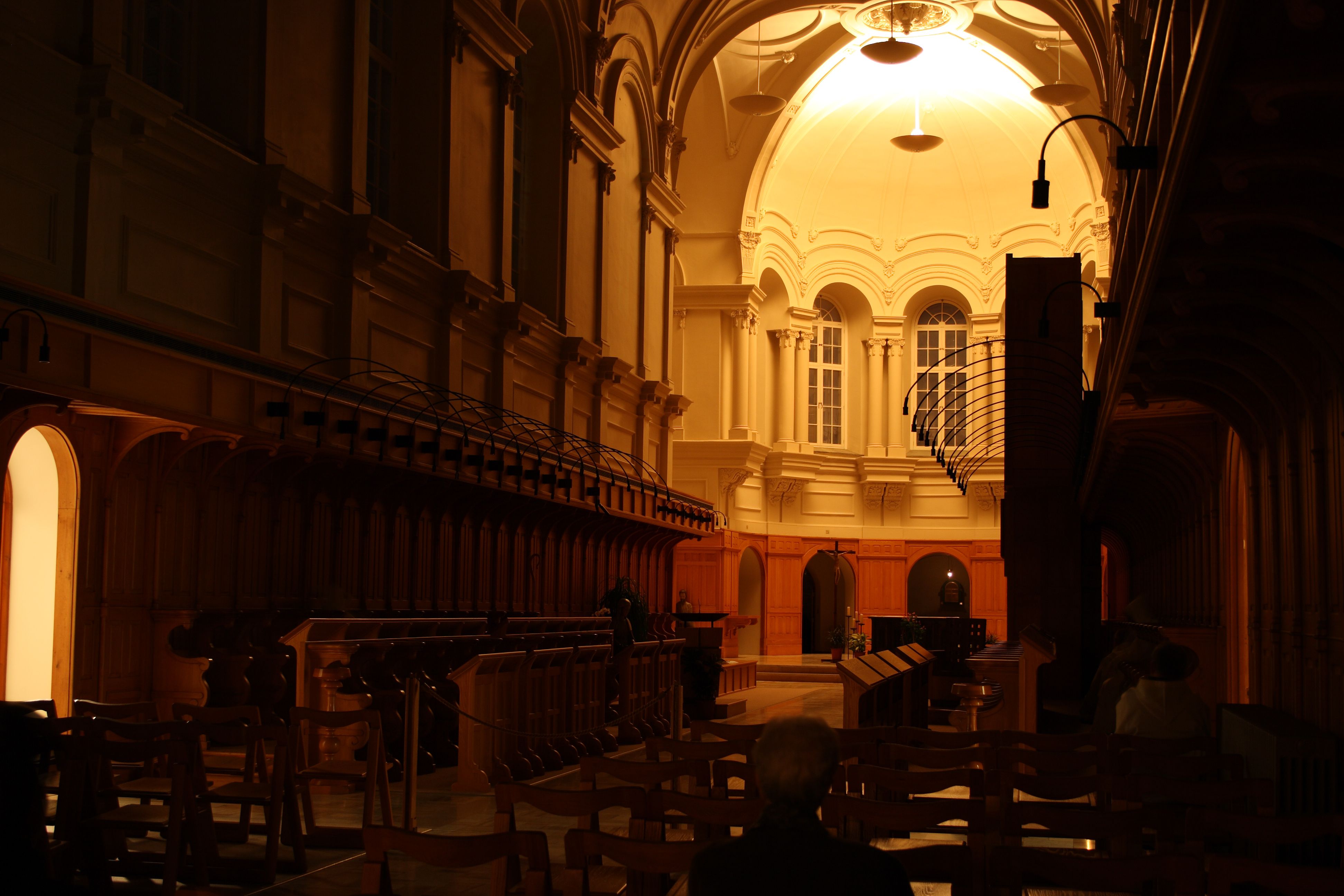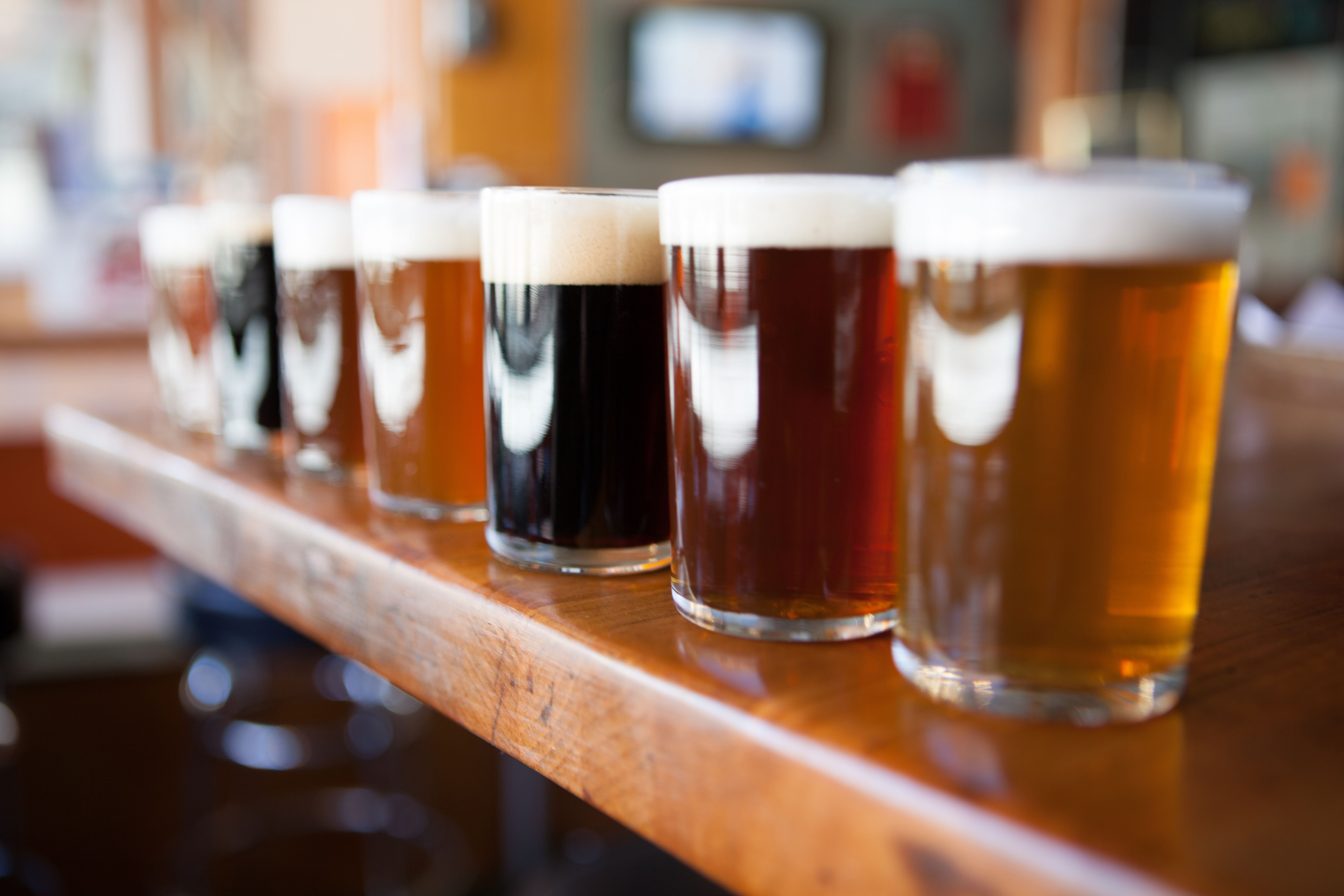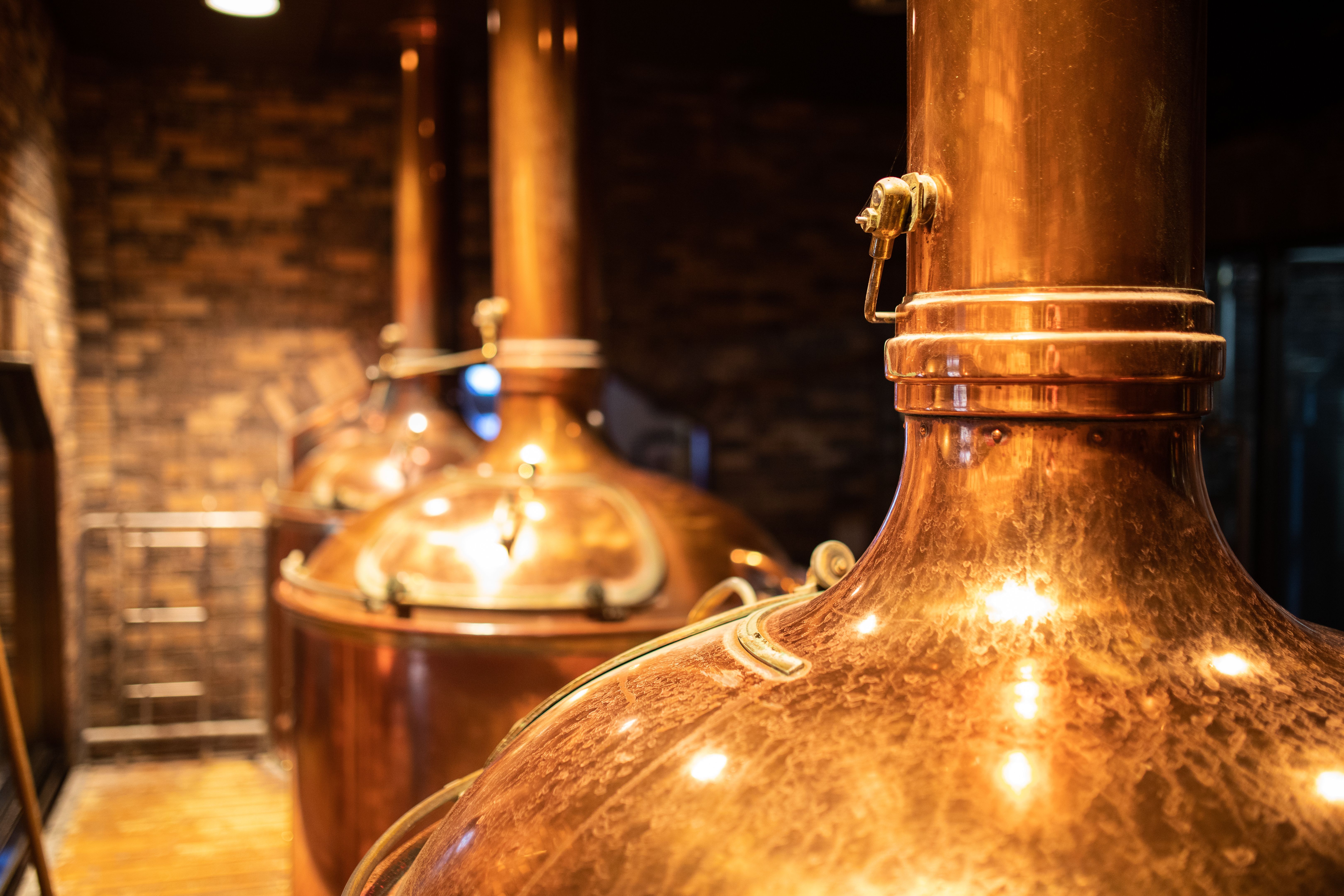The Legacy of Trappist Beer: From Monastic Origins to Modern Craftsmanship
The Origins of Trappist Beer
The story of Trappist beer begins in the quiet, secluded halls of European monasteries. These beers are crafted by Trappist monks who live according to the Rule of St. Benedict, which emphasizes self-sufficiency and community labor. Brewing has been a part of monastic life for centuries, serving both as a means of sustenance and as a source of income for the monasteries' charitable works.
Trappist beers are distinct not only because of their monastic origins but also due to their unique production process. The monks follow traditional methods that have been refined over generations, ensuring each brew is rich in flavor and steeped in history. This dedication to craftsmanship has earned Trappist beers a revered place in the world of brewing.

The Criteria for Authentic Trappist Beer
Not all beers brewed by monks are considered Trappist. To bear the official "Authentic Trappist Product" label, the beer must meet specific criteria laid down by the International Trappist Association:
- Monastic Production: The beer must be brewed within the walls of a Trappist monastery.
- Monk Involvement: The production must be overseen and managed by the monks themselves.
- Non-Profit Nature: The income generated from sales should be used for the monastery's upkeep and charitable activities.
These guidelines ensure that the essence of Trappist beer remains intact, preserving its authenticity and heritage.

The Unique Flavors of Trappist Beers
Trappist beers are known for their distinct flavors, which arise from a combination of traditional recipes, high-quality ingredients, and unique fermentation processes. The beers often exhibit complex profiles with notes ranging from fruity and spicy to malty and bitter. Popular types include Dubbel, Tripel, and Quadrupel, each with its own characteristic taste and strength.
The diversity in flavors is partly due to the different strains of yeast used by each monastery. This yeast contributes significantly to the aroma and taste, making every Trappist beer singularly unique.

Modern Craftsmanship Meets Monastic Tradition
In recent years, the popularity of craft beer has led to a resurgence of interest in Trappist beers. Many craft brewers draw inspiration from these traditional brews, seeking to emulate their complexity and depth. However, despite this modern interest, Trappist beers remain unmatched in their authenticity and historical significance.
The interplay between ancient brewing methods and modern technology has further enhanced the quality and reach of Trappist beers. This blend of old and new ensures that these beers continue to be celebrated by enthusiasts worldwide.

A Global Legacy
Today, there are only a handful of authentic Trappist breweries worldwide, primarily located in Belgium, the Netherlands, and a few other countries. Despite their limited number, these breweries have left an indelible mark on the global beer scene. Enthusiasts from all corners of the world seek out these brews, captivated by their rich history and unparalleled craftsmanship.
The legacy of Trappist beer is a testament to the enduring appeal of tradition, quality, and community values. As long as there are monks dedicated to this ancient craft, Trappist beers will continue to inspire and delight future generations.
